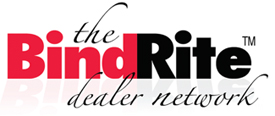 |
|||||
|
|
|||||
|
|
|
|||||||||||
|
||||||||||||
|
BindRite
|
Binding
|
Laminating
|
Paper Handling
|
Shredding
|
Cutters
|
Supplies
|
||
|
|
|
|||||||
|
|
|
|
|
|
||||
Copyright ©2023 by BindRite, Inc. All rights reserved. |



